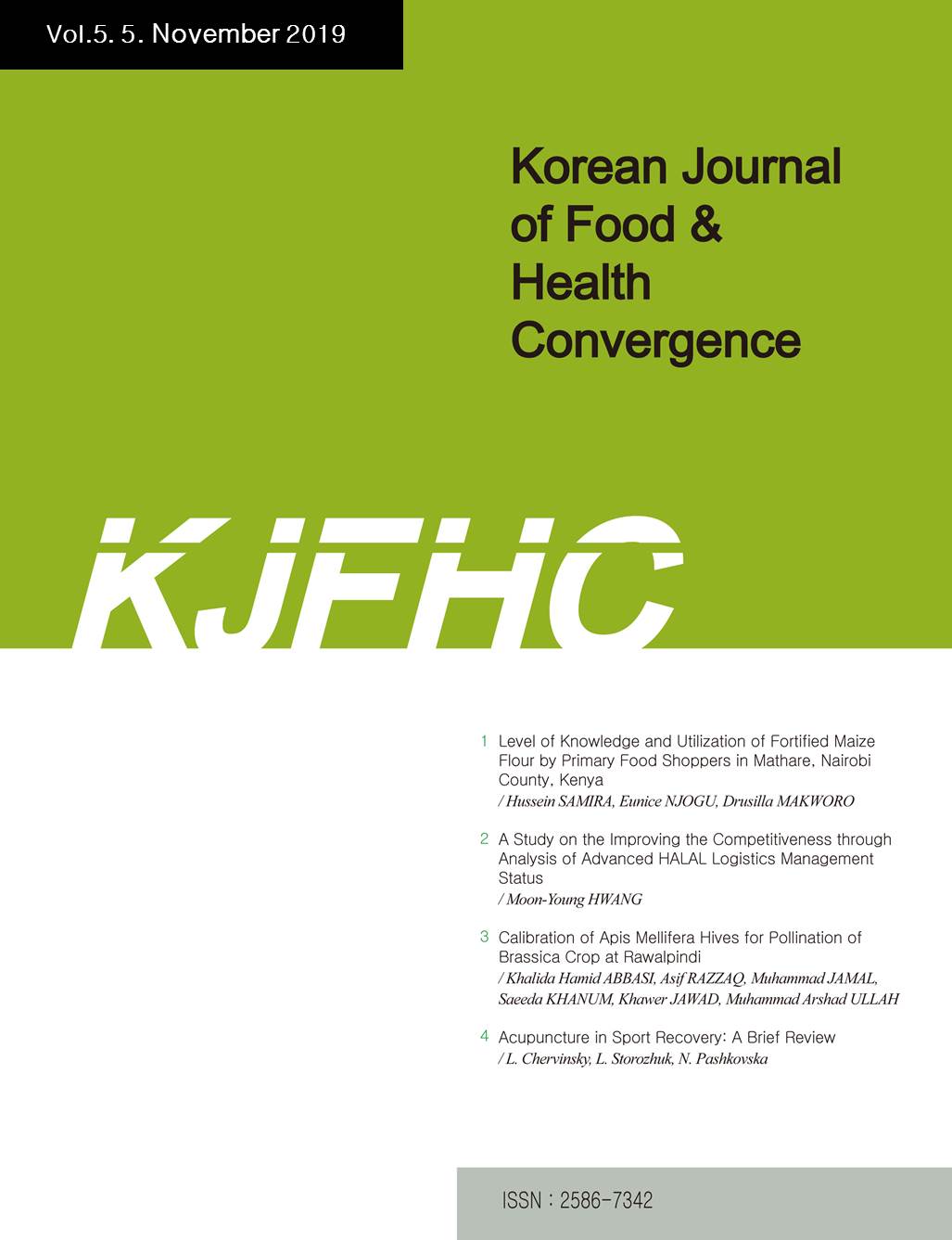 E-ISSN : 2586-7342
E-ISSN : 2586-7342
Vol.6 No.5
Abstract
Cellulitis in broiler chickens is one of the economically important problems that facing the broiler industry due to the presence of the lesion leads to condemnation of part of /or the entire carcasses. Broiler with cellulitis lesions showed lower body weight. Cellulitis was recorded on different body regions including the head, dorsum, thighs, breast, legs, and abdomen. Cellulitis results from the invasion of subcutaneous (s.c.) tissues by bacteria through disruption of skin integrity. Lesions revealed the existence of the characteristic s.c colored exudate varies from yellowish to green, which were either serosanguineous, fibrinous s.c exudate yellowish, greenish or suppurative. Many bacterial isolates including E. coli, Staphylococci, Clostridia, Aeromonas spp., Enterobacter spp., Proteus mirabilis, P. aeruginosa, and Streptococci were isolated from the lesion. Chickens exposed to immunosuppression proved to have a greater probability of developing cellulitis. The condition was experimentally induced by s.c inoculation of 25-day-old broiler chickens with E. coli, S. aureus and clostridia. Usually, bacterial isolates were multidrug-resistant. The usage of Bifidobacterium bifidum or antibiotic with avoiding immunosuppression can reduce lesion and condemnation rate resulted from cellulitis. The objective of this review is to collect different literature written about cellulitis to be available to students, researchers, and veterinarians in poultry practical.
Abstract
This study tried to analyze sensual properties by classifying the thermal water extract of the main material used in Ssanghwa tea. Through this study, we wanted to develop popular Ssanghwa tea and further carry out basic research for the development of various menus using it. The ingredients for the Ssanghwa tea were washed under running water, then dehydrated and put in a pot as 2L of purified water. Ssangwha tea were heated at 100℃ for 10 minutes, then lowered the temperature to 75℃ and boiled down to 200 ml for 110 minutes. This study evaluated sensory characteristics of four types of commercial products and the five types manufactured by the description analysis. Quantitative analysis of the commercial Ssanghwa tea showed significant differences between samples in seven of the total 13 sensory characteristics except OG(Smell of grass), OC(Oriental medicine smell), TG(Umami), RT(Thick), RC(Rough) and RS(Tub-Tub) (p<0.05). In particular, differences between samples were evident in CT(Transmittance), CB(Brownness), TW(Sweet taste) and TB(Bitter) (p<0.001), which appeared to be the main differentiated features of appearance, aroma and taste for commercial Ssanghwa tea. This study tried to analyze sensual properties by classifying the thermal water extract of the main material used in Ssanghwa tea. Through, we wanted to develop popular Ssanghwa tea and further carry out basic research for the development of various menus using it.
Abstract
The purpose of this study was to research and develop a step-type chemical liquid deodorizer including a liquid catalyst that can prevent civil complaints due to odor due to its excellent deodorizing performance. The main composition of chemical liquid deodorizer including liquid catalyst is cleaning deodorization, catalyst deodorization, chemical deodorization, water film plate, deodorization water circulation device, deodorization water injection device, catalyst management system, gas-liquid separation device, chemical supply device, deodorizer control panel, etc. It consists of a device. The air flow of the step-type liquid catalyst chemical liquid deodorizer is a technology that firstly removes basic odor substances, and the liquid catalyst installed in the subsequent process stably removes sulfur compounds, which are acidic odor substances, to discharge clean air. The efficiency of treating the complex odor of the prototype was 98.5% for the first and 99.6% for the second, achieving the target of 95%. The hydrogen sulfide treatment efficiency of the prototype was 100% for the first and 99.9% for the second, which achieved 95%, which was the target of the project. As a result, ammonia was removed by the reaction of ammonia and hydrogen sulfide.
